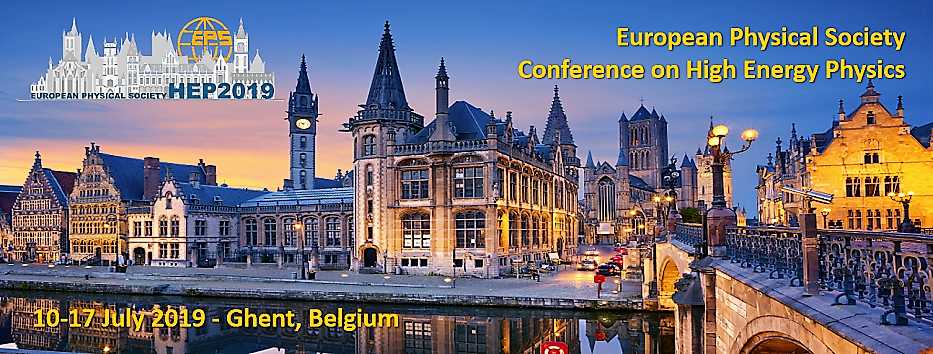Speaker
Description
Identifying the nature of the late-time accelerated expansion of our Universe remains a difficult puzzle to cosmology. Scalar-tensor modifications of gravity have long been considered as an alternative explanation to the cosmological constant. I will first discuss how the direct detection of gravitational waves and the measurement of electromagnetic counterparts, confirming a luminal speed of gravity, in combination with observations of the large-scale structure brought the anticipated challenge to the concept of cosmic self-acceleration from scalar-tensor gravity. I will then provide an outlook of how a more general model space will ultimately only be exhaustively probed by Standard Sirens. In a second part, I will show how a simple additional variation of the standard Einstein-Hilbert action with respect to the Planck mass may solve both the old and new cosmological constant problems. The additional variation yields a topological constraint that prevents vacuum energy from gravitating and when accounting for the nonlinear structure formation predicts a current energy density parameter of the cosmological constant of $\Omega_{\Lambda}=0.704$, in good agreement with observations.
